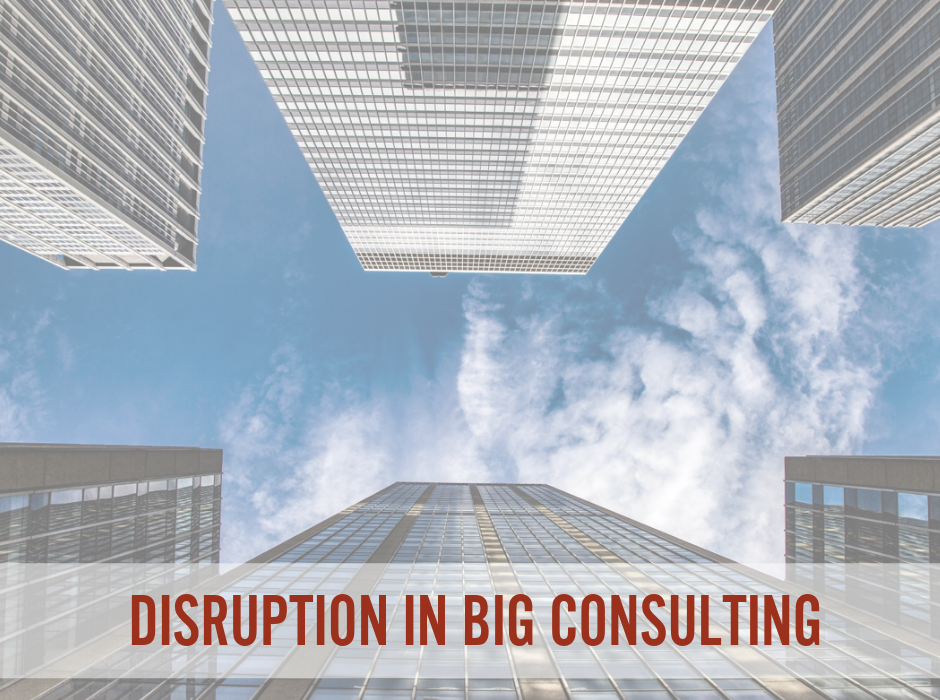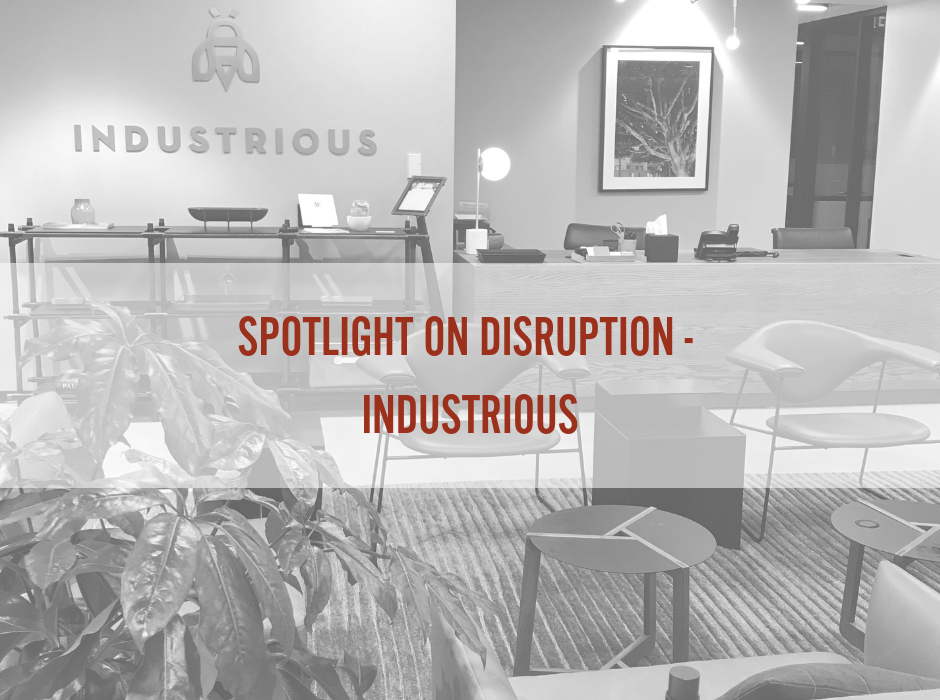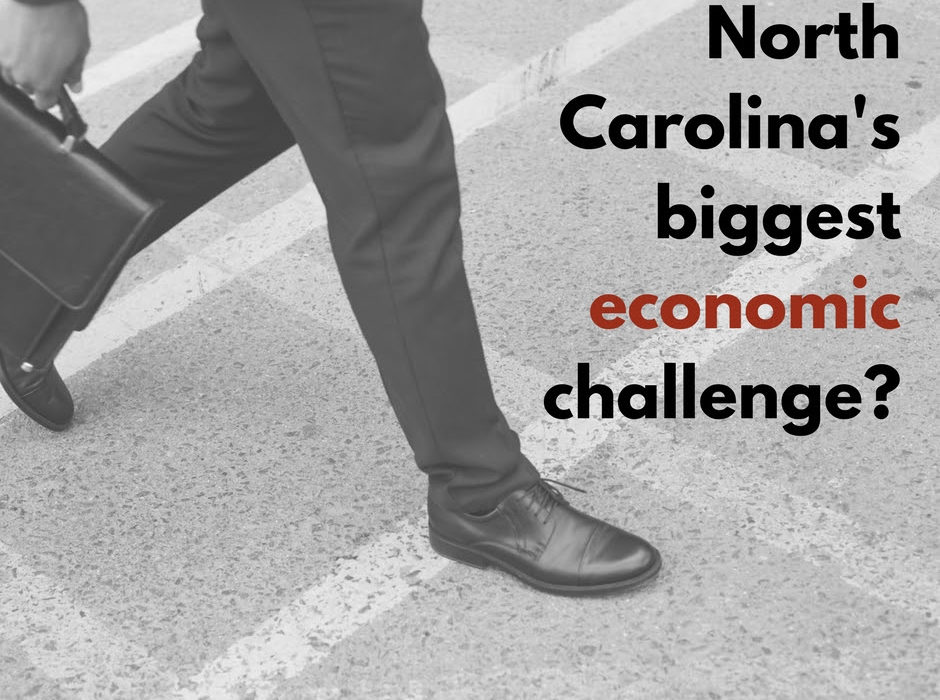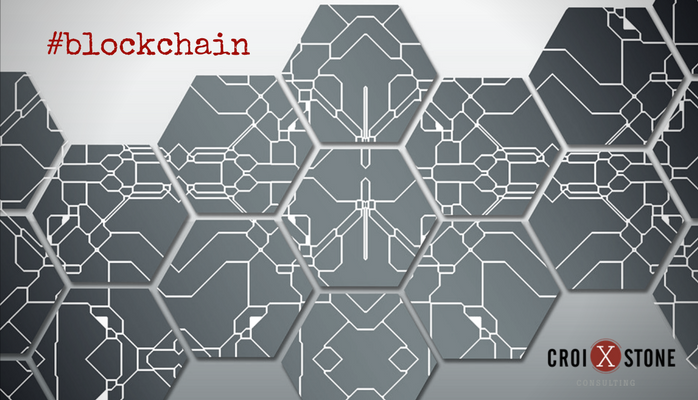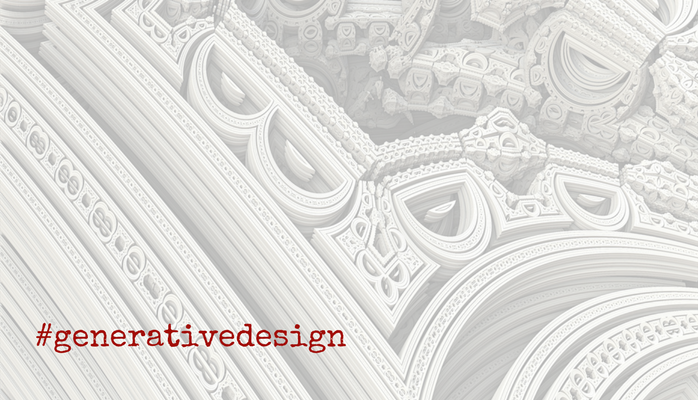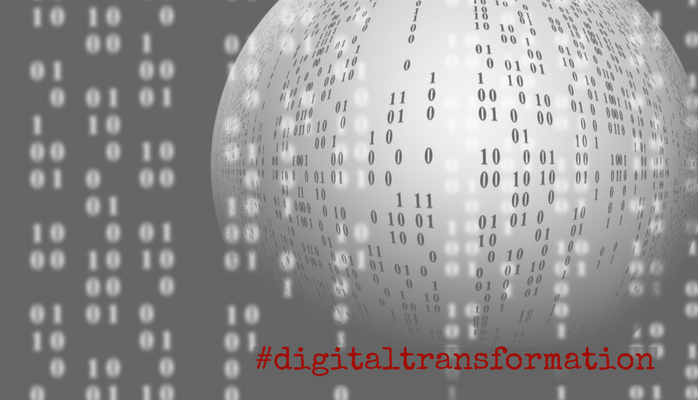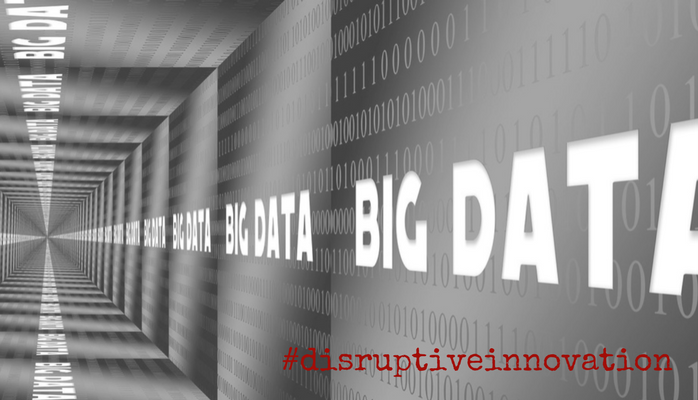Disruption in Big Consulting
As a boutique consulting firm, Croixstone provides clients across the greater Charlotte region with on-demand expertise from project consultants who deliver improved focus and deeper expertise at a lower cost than the “big” guys. Our business model is helping to disrupt the legacy consulting model.
As businesses become more informed, they recognize the inefficiencies that are inherent in the traditional big company consulting model. The drivers for these inefficiencies include:
1. The big consulting business model hasn’t changed with the rest of the world.
2. Partner incentives at big consulting firms do not always put client needs first.
3. Huge overhead costs are built into the rates.
4. Big consulting firms have many hammers, but not every problem is a nail.
Learn more about consulting industry disruption and the rise of boutique firms here.

